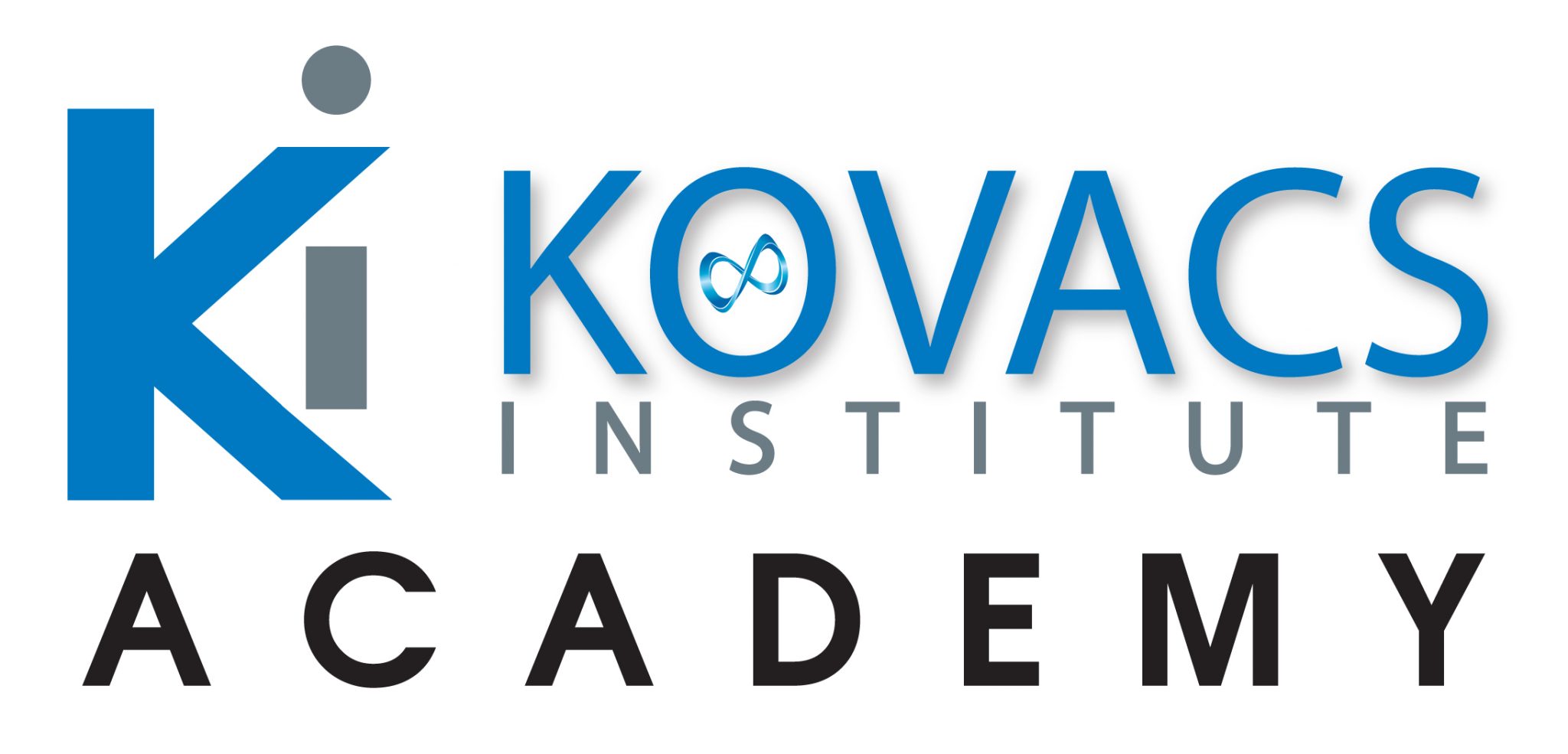Knee pain is one of the top areas of the body that tennis athletes may experience pain and discomfort over the course of a career. The most common time periods are during major growth periods during junior development (normally it occurs the extended period around Peak Height Velocity (PHV). The other major time period for knee pain is during the adult competitive players’ career after the age of 40 years of age. This is not to say that other times throughout a career a player may NOT experience various knee pain. We see a lot of top professional tennis players dealing with various knee related ailments as well. The goal of this article is to provide an overall structure and protocol for knee prevention programming. Much of this programming has come from my time working in the NBA and incorporating knee tendon protocols, knee stability and strengthening routines with NBA athletes.
Most Common Knee Pain Symptoms:
The location and severity of knee pain may vary, depending on the cause of the problem. Signs and symptoms that sometimes accompany knee pain include:
- Swelling and stiffness
- Redness and warmth to the touch
- Weakness or instability
- Popping or crunching noises
- Inability to fully straighten the knee
Info from Mayo Clinic
Here are some of the major causes:
ACL injury. An ACL injury is a tear of the anterior cruciate ligament (ACL) — one of four ligaments that connect your shinbone to your thighbone. An ACL injury is particularly common in people who play basketball, soccer or other sports that require sudden changes in direction.
Fractures. The bones of the knee, including the kneecap (patella), can be broken during falls or auto accidents. Also, people whose bones have been weakened by osteoporosis can sometimes sustain a knee fracture simply by stepping wrong.
Torn meniscus. The meniscus is the tough, rubbery cartilage that acts as a shock absorber between your shinbone and thighbone. It can be torn if you suddenly twist your knee while bearing weight on it.
Knee bursitis. Some knee injuries cause inflammation in the bursae, the small sacs of fluid that cushion the outside of your knee joint so that tendons and ligaments glide smoothly over the joint.
Patellar tendinitis. Tendinitis causes irritation and inflammation of one or more tendons — the thick, fibrous tissues that attach muscles to bones. This inflammation can happen when there’s an injury to the patellar tendon, which runs from the kneecap (patella) to the shinbone and allows you to kick, run and jump. Runners, skiers, cyclists, and those involved in jumping sports and activities may develop patellar tendinitis.
Info from MAYO CLINIC
EXERCISES
The exercises and areas of focus below work very well for Patellar tendinitis (or tendinosis), mild meniscus injuries, non-descript knee pain and tendon problems. If an athlete has severe injuries such as a torn ACL, MCL, PCL or other more aggressive conditions, then more aggressive treatments may be required. Please see your healthcare provider to get a full diagnosis.
STRENGTH
Developing strength is paramount.
Isometric strengthening is a major focus of the program:
Exercise: Wall Isometric Leg Press (Perform 3 Sets Of 30 Seconds)

Exercise: Single Leg Knee Over Toe Isometric Hold (TKE) (Perform 3 Sets Of 30 Seconds On Each Leg – Add Resistance When Applicable)
Exercise: Rear Foot Elevated Split Squat Isometric Hold (Performance 3 Sets Of 30 Seconds On Each Leg – Add Resistance When Applicable)
Hip and Hamstring strengthening is also a major focus to help limit the loading on the knee area. The stronger the hips and the hamstrings are the less load will potentially go through the knee area.
Exercise: Single Leg Hamstring Isometric Bridge (Perform 3 Sets Of 30 Seconds On Each Leg – Add Resistance When Applicable)
MOBILITY
Improving range of motion is really important to help limit the pressure on the knee area
Exercise: Kneeling Hip Flexor/Quad Stretch (Perform 3 Sets Of 30 Seconds On Each Leg)
Exercise: Rope Assisted Hamstring Stretch (Perform 3 Sets Of 30 Seconds On Each Leg)
Exercise: Ankle ROM (Dorsiflexon Focus) (3 Sets Of 30 Seconds On Each Leg)








Add comment